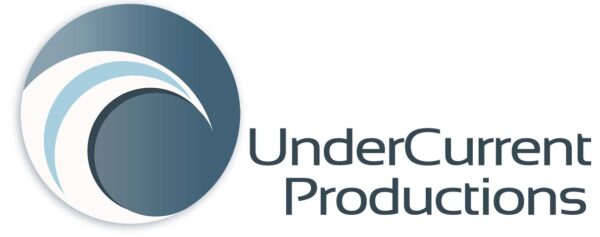 The credits are done, the captions are closed, the master version is exported. Finally, we’re ready to release our latest documentary, Sustaining Sea Scallops, to the world!
The credits are done, the captions are closed, the master version is exported. Finally, we’re ready to release our latest documentary, Sustaining Sea Scallops, to the world!
While we await festival acceptances, we’ve been lucky to have a few “soft screenings” at seafood-related events in Boston, New Orleans, and New Bedford.
First up was the Seafood Expo North America, held from March 6-8, 2016, at the Boston Convention Center. We’d never been to such a huge seafood event, and were amazed by the diversity of fish on display and the presence of major suppliers and processors from Canada, Taiwan, Turkey, and other countries. It certainly helped us appreciate the global connections created by fish, and how our local species are part of the food chain.
Eastern Fisheries, a major sea scallop company based in New Bedford, was kind enough to show Sustaining Sea Scallops on the bow of their ship at SENA. While the passers-by didn’t stop for long, it was definitely was a cool display!
Another highlight at SENA was the chance to meet face-to-face with the communications staff at the Marine Stewardship Council. They were very helpful in coordinating our interview with Marin Hawk, who discusses the importance of seafood sustainability and certification in the film. We’re continuing to work with MSC in getting more exposure for Sustaining Sea Scallops and its message—a collaboration that benefits both of us!
Next stop was New Orleans, the first city in North America to host a Slow Fish conference from March 10- 13. As the “gateway to the Americas”, New Orleans is at the crux of both agricultural and fisheries-related issues: the Mississippi River is filled with fertilizer and animal waste from Big Ag farms in the Midwest, which creates dead zones in the Gulf of Mexico, endangering important fishing grounds for communities in the US, Caribbean, and South America. By damming and diverting the river as well, communities south of New Orleans are being robbed of the sediment they need to keep the land from washing away. Upstream communities don’t fare much better: just in time for the conference, levees in northern Louisiana broke, killing three people, creating thousands of evacuees, and flooding hundreds of homes. As one of the conference organizers noted, environmental damage always hits the communities that can least afford it the hardest.
It seems that the river sent its own Slow Fish envoys, causing the conference to get creative with new venues each day because all state buildings were shut down in anticipation of the flood. Luckily, we were spared a deluge in New Orleans, and the venues turned out to be super cool, from a collaborative theater space in the Marigny to the Southern Food and Beverage Museum (SoFab). We sampled amazing seafood from Alaska (wild salmon) to New England (tautog) and met incredibly impassioned fishers and small-fishing advocates from Costa Rica to Italy. Funny enough, we we were most inspired by fisher-folk and researchers from Cape Cod, and hope to collaborate with them soon.
 Slow Fish went by pretty quickly. We had the chance to screen Sustaining Sea Scallops and The Watershed on the last day of the conference, while attendees enjoyed fresh oysters from Louisiana and Washington State. The volume was low, but interest was high, so it was a great chance to spread the word. Another perk: we got to meet the dynamic husband-wife team behind the upcoming feature documentary Last Man Fishing.
Slow Fish went by pretty quickly. We had the chance to screen Sustaining Sea Scallops and The Watershed on the last day of the conference, while attendees enjoyed fresh oysters from Louisiana and Washington State. The volume was low, but interest was high, so it was a great chance to spread the word. Another perk: we got to meet the dynamic husband-wife team behind the upcoming feature documentary Last Man Fishing.
Back closer to home, we held our first auditorium screening at the New Bedford Whaling National Historical Park on March 18 as part of the Working Waterfront Festival‘s Dock-u-Mentary series. Residents and fishermen filled the auditorium and asked some great questions afterward.





